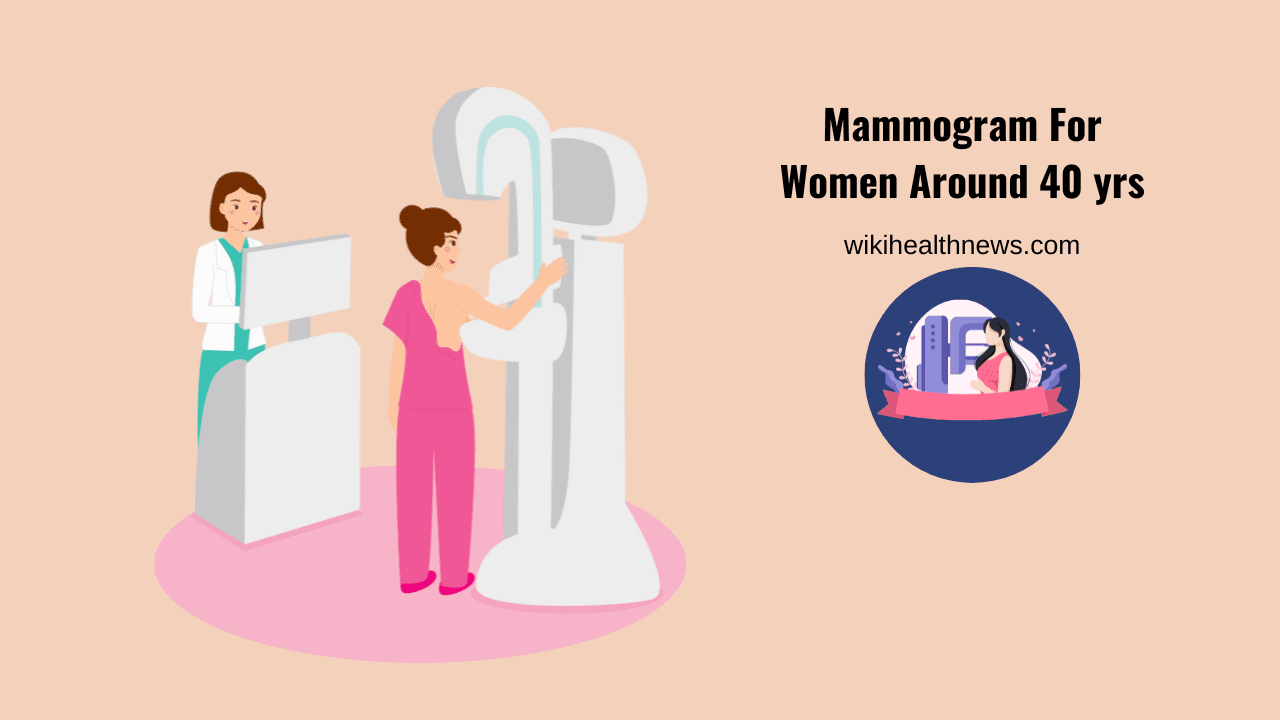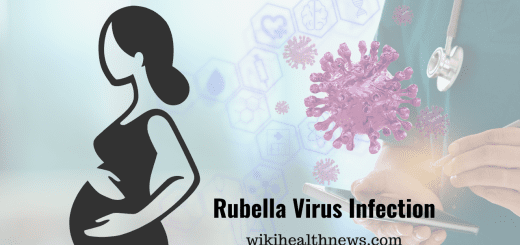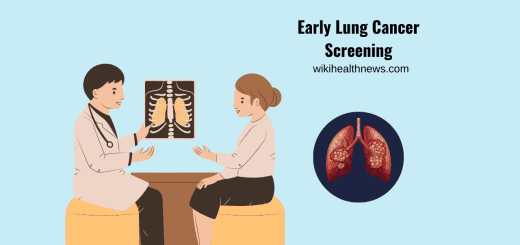The Importance of Mammograms for Women around 40yrs

As women approach the age of 40, health screenings become increasingly vital. One key screening that should be prioritized is the mammogram. This essential tool in breast cancer detection plays a crucial role in safeguarding women’s health. Here, we explore the benefits of mammograms for women at 40 and why they should be an integral part of your health routine.
Early Detection of Breast Cancer
One of the most significant advantages of mammograms is their ability to detect breast cancer early. According to the American Cancer Society, regular mammograms can identify tumors that are too small to be felt. Early detection is crucial; it often leads to a higher survival rate and more treatment options. Women at 40 should start annual screenings to catch any potential issues before they develop further.
Reduced Mortality Rate
Studies have shown that regular mammograms can significantly reduce the risk of dying from breast cancer. The earlier breast cancer is detected, the better the chances of successful treatment. For women in their 40s, the benefits of annual screenings can lead to earlier interventions, which are essential in saving lives.
Personalized Risk Assessment with mammograms
Mammograms also allow for a personalized approach to breast health. During your screening, healthcare providers can assess your individual risk factors, including family history, genetics, and lifestyle choices. This personalized assessment can guide future screenings and preventative measures, making it easier to tailor a health plan that fits your needs.
Here’s a table outlining various methods to detect breast cancer, including their descriptions, advantages, and limitations:
| Method | Description | Advantages | Limitations |
|---|---|---|---|
| Mammography | X-ray imaging of the breast to identify abnormalities. | Effective for early detection; widely used. | Can miss some cancers; may result in false positives. |
| Ultrasound | Uses sound waves to create images of breast tissue. | Useful for evaluating abnormalities found in mammograms; no radiation. | Less effective as a screening tool alone. |
| MRI | Magnetic resonance imaging provides detailed images. | Very sensitive; good for high-risk individuals. | More expensive; may not be available everywhere. |
| Clinical Breast Exam (CBE) | Physical examination by a healthcare professional. | Can detect lumps that imaging may miss. | Depends on the skill of the examiner; less effective than imaging. |
| Self-Examination | Individuals examine their breasts for changes. | Empowers individuals; can lead to early detection. | Can lead to anxiety; less reliable than clinical methods. |
| Biopsy | Removal of tissue for microscopic examination. | Confirms diagnosis; can determine cancer type. | Invasive; may require additional procedures. |
| Genetic Testing | Tests for mutations (e.g., BRCA1/BRCA2) associated with higher risk. | Helps identify high-risk individuals; informs management. | Does not detect existing cancer; may have ethical implications. |
| Tomosynthesis (3D Mammography) | Advanced form of mammography that creates 3D images. | Improved detection rates; reduces false positives. | Higher cost; not universally available. |
This table summarizes key detection methods for breast cancer, emphasizing their benefits and challenges. Always consult healthcare professionals for personalized advice and screening recommendations.
Peace of Mind
Receiving a mammogram can provide psychological benefits as well. For many women, the anxiety surrounding breast cancer can be overwhelming. Regular screenings offer peace of mind, knowing that you are taking proactive steps in monitoring your health. If results are normal, it can alleviate fears and reinforce the importance of maintaining a healthy lifestyle.
Advances in Technology
The technology behind mammograms has improved significantly in recent years. Digital mammography provides clearer images and can detect abnormalities more effectively than traditional methods. Some facilities even offer 3D mammography, which can enhance detection rates. By choosing a facility that utilizes the latest technology, women can feel confident in the accuracy of their screenings.
Building a Healthy Future
Starting mammograms at 40 is not just about monitoring current health; it’s about laying the groundwork for a healthier future. Regular screenings can help identify not only breast cancer but also other potential health issues. This proactive approach can empower women to make informed decisions about their health and wellness as they age.
Conclusion
The benefits of mammograms for women at 40 cannot be overstated. From early detection and reduced mortality rates to personalized health assessments and technological advancements, these screenings are a critical component of women’s health care. By prioritizing regular mammograms, women can take significant strides in safeguarding their health, ensuring a brighter, healthier future. Remember, your health is your most valuable asset—don’t wait; schedule your mammogram today.
Read More











